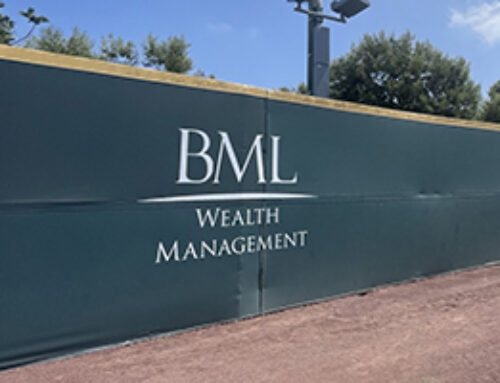
For decades, the name of the personal finances game has been an asset or equity growth. High-growth tech stocks grew to dominate the market, some of which have grown to be among the largest companies in the world. And if you owned stock in those companies while they made their meteoric rise, your overall wealth may have ballooned in the process. But how safe do you feel with your wealth in those stocks during a recession? Would you feel comfortable with a 5% drop right now? A 10% drop? Maybe even more? If such a drop is a significant setback, ask yourself if your assets alone can reliably pay the bills.
Ask Your Money a New Question When Recession Comes Around
If your retirement accounts have been invested in the general stock markets for the past decade, you’ve likely gotten used to the idea that equities in high-growth sectors grow at faster rates than lower-growth value equities. Dividends and their percentage yields have been so low that the consistent double-digit growth usually dwarfed any benefit from a small, diminishing yield percentage.
But now, the tides have turned in the markets and we’re headed for a recession. To protect your portfolio, it’s time to rediscover the value of yields and compounding interest rates. Firstly, when it comes to yielding stocks, don’t think about general stock charts or average year-over-year growth. Those charts don’t show your gains from compounding interest!
What Does Compounding Interest Look Like?
Compounding interest goes like this: $100 invested into an asset with a 10% interest/dividend rate becomes $110 at the end of the period. Then, $110 becomes $121 if reinvested, etc. But the stock chart doesn’t show that! All you’ll see is a note indicating the dividend yield along with a stock chart that likely shows modest gains of, let’s say, 2% in this example.
But remember to think about this: If you add your dividend percentage to the stock price at the end of each annual payment period, you’ll uncover the true growth of your investment. In other words, which of these provides the greatest return; 2% of 100, 2% of 110, or 2% of 121? If you apply compounding interest to even a modest growth rate in equity value, you could see even greater exponential gains.
In addition, stable, yield-generating assets often don’t see declines as steep as high-growth stocks, helping maintain your asset value during downturns. However, not all yield-paying assets carry the same risk level.
Look Out for Yield Traps
There are some yielding assets available to you that provide double-digit dividend yields but, in turn, see even steeper equity declines on a consistent basis. This type of investment is known as a yield trap because you end up losing money altogether, even with such a high dividend yield.
Another type of yield trap may come in the form of a stock whose previous dividend payments are abnormally high and irregular, showing a higher percentage than what is realistic in the future. Check dividend history and payment reliability and consistency of each dividend payment before investing in a high-paying dividend stock.
The commentary on this blog reflects the personal opinions, viewpoints, and analyses of BML Wealth Management’s employees providing such comments and should not be regarded as a description of advisory services provided by West Wealth Group, LLC. The views reflected in the commentary are subject to change at any time without notice. Nothing on this blog constitutes investment advice. Any mention of a particular security and related performance data is not a recommendation to buy or sell that security. Investing involves risk, including the potential loss of principal. No investment strategy can guarantee a profit or protect against loss in periods of declining values. Past performance is no guarantee of future returns.
Investment advisory services through West Wealth Group, LLC, an SEC Registered Investment Adviser. BML Wealth Management and West Wealth Group, LLC are affiliated entities. Insurance Services are offered through BML Wealth & Insurance Services, California Insurance License #0M15550.
We do not provide tax or legal advice. All individuals are encouraged to seek guidance from qualified professionals regarding their personal situation. Any references to protection benefits or steady and reliable income streams in this guide refer only to fixed insurance products. They do not refer, in any way, to securities or investment advisory products.






